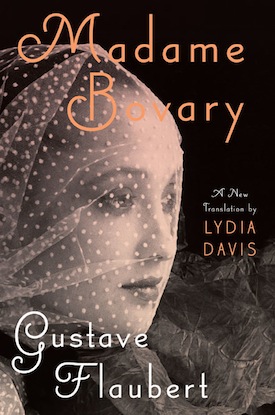The good, the bad, and the wandering eye
Thus, there are only good and bad novels. The bad novel aims to please by flattering, whereas the good one is an exigence and an act of faith.
A Metaphysics of Emma: Madame Bovary Today (NB: spoilers near the end)
Frederic Jameson, reviewing Sartre’s The Family Idiot for the NYT in 1981:
Sartre had always seen literary works as responses to concrete situations, responses that become intelligible only when grasped within those situations. He now draws the unexpected consequences: Like tools, literary works outlive the situations for which they were intended, and they are passed down with a new material inertia. ‘The tradition of all the dead generations,’ Marx said, ‘weighs like a nightmare on the brain of the living.’ The artists of Flaubert’s generation had no way of understanding the practical purposes for which the older generation had invented their now inert themes: critical negativity, misanthropy, the ideal of classlessness, the defense of the autonomy of the intellectual (which will now be ‘mistranslated’ as art for art’s sake), and a quasi-religious conviction of the nothingness of the world and the emptiness of life. Crippled by the themes of their predecessors, the following generation became artists without inspiration. This was not a subjective matter, a lack of talent or vocation. Rather, Sartre’s idea of the practico-inert -the weight of so many dead artistic ideologies from an incomprehensible past – suggests a situation in which it was objectively impossible for them to have something to say.
This nothing-to-say–the trajectory of an incomprehensible past–will be our focus in the beginning. First there is the fact of time. There is its sense. Space becomes subordinated to time in Madame Bovary; space is now the reflection of time’s passage, its here-and-there deposit, its surplus. But there is another mistake of time: the time of Madame Bovary, in contrast with time in Madame Bovary.
There is its sense. Space becomes subordinated to time in Madame Bovary; space is now the reflection of time’s passage, its here-and-there deposit, its surplus. But there is another mistake of time: the time of Madame Bovary, in contrast with time in Madame Bovary.
Madame Bovary is first serialized in 1857. Lydia Davis’s translation–if not a watershed moment then an event, or a watershed of an event of some sort–appears in 2010. Davis wants to reproduce Flaubert’s style, which is his novel’s vocation and substance, in English: his quirks of tense, the intensities of his adverbs, the subtleties of his free indirect style. I wouldn’t go so far as to say that Davis’s task is to mirror the French, but faithfulness is indeed a primary concern of hers. How does Madame Bovary change through time? Moreover: how, and with what appurtenances, with what way of reading, do we understand Emma’s caresses, her infidelities and her ennui, in October 2010?
October 18th, 2010 / 11:02 am

